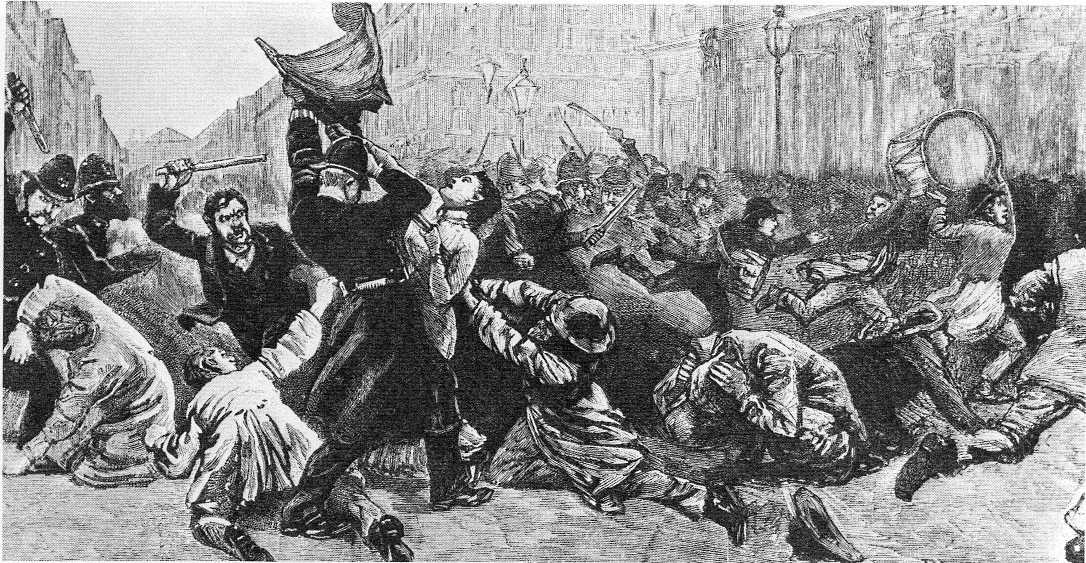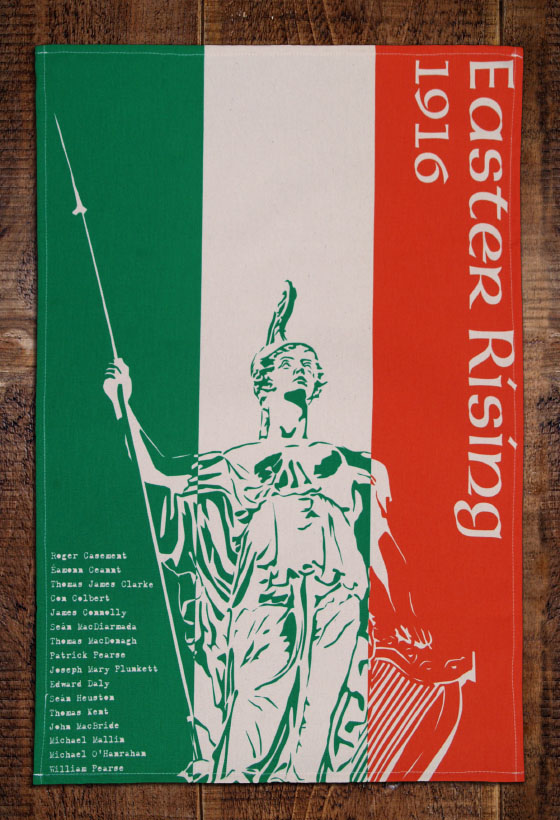London's Bloody Sunday: The Radical History of Trafalgar Square
Posted by Pete on 13th Nov 2020
Today in 1887, the working class from London's East End took a stand for justice in Trafalgar Square and were attacked for their trouble.

Eleanor Marx, Annie Besant, William Morris, George Bernard Shaw – all these giants of the early British labour movement converged on Trafalgar Square today in 1887.
They marched there with a crowd of at least 10,000 working-class Londoners.
It was a protest against soaring unemployment in the city as well as the ruling Tory government’s coercive treatment of Ireland (many workers in the contemporary East End were Irish).

Mobilised by the growing socialist movement in England, this demo was a formidable combination of economic protest with anti-colonial solidarity.
As such, the arm of the state came down hard on the assembled workers.
Scared by the prospect of popular discontent in Ireland linking up with working-class anger in London, the government deployed 2,000 policemen – reinforced by the army – to confront the unarmed marchers.
What followed was a police riot like Orgreave in 1984.
Countless protestors were wounded by police truncheons and cavalry horses. Four hundred were arrested. Two of the march leaders – John Burns and Robert Cunninghame-Graham – were locked up for six weeks.
At one point, a Tory businessman who ran a firm which made fire engines, offered one of them to the police for use as a water cannon. It was naked class warfare in the middle of London.

Thankfully, this ‘Bloody Sunday’ of 1887 was not as murderous as its more familiar successor in Derry. No one was killed (although it came awfully close, with soldiers lined up against the protestors, bayonets fixed).
What’s more, while defeated on the day, the cause of the protest won out in time.
Within a few decades, Liberal politicians had been driven by increasingly organised pressure from the working class across the British Isles to introduce the beginnings of a social welfare system. This was small change compared to the project of Attlee’s post-war Labour government, but it was a start.
The cause of Irish autonomy, too, was at last made a government priority in the 1910s – a concession which the Irish people soon turned into full self-determination after the Easter Rising.

These political victories for the oppressed belong to those who fought and suffered in Trafalgar Square on 13th November 1887.
The public squares and streets of our cities are not just empty space – there is radical history seeping through them, if only we’ve the eyes to see.
Trafalgar Square has hosted many a brave protest, from Nye Bevan’s denunciation of the Suez War to the mass demos against Thatcher’s poll tax in 1990.
Elsewhere in London, Cable Street is also hallowed ground in the history of British anti-fascism. There, in 1936, another generation of East Enders took their stand against Mosley’s Blackshirts.
At a time when we’re unable to enter most public buildings, let's appreciate our outdoor public spaces – they’re full of the radical history created by those who went before.
